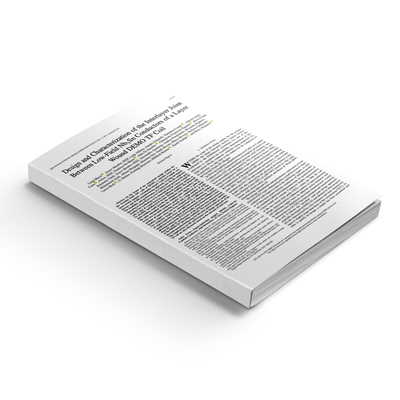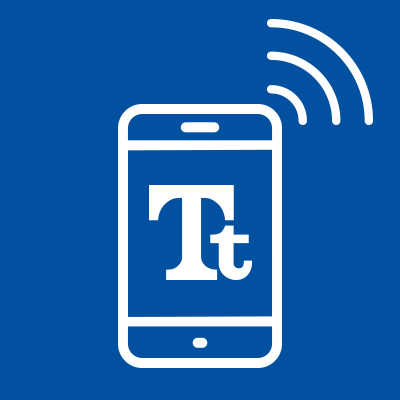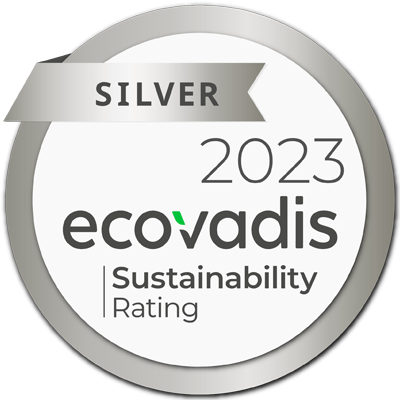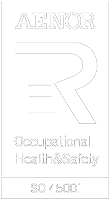Tratos’ culture is deeply rooted in research and development in order to foster innovation. Members of the Tratos team in the UK and in Italy has been collaborating in the production of academic papers that discuss crucial matters within the cable industry and beyond.
The following paper, published by the IEEE, the world’s largest technical professional organisation for the advancement of technology, has been co-authored by Tratos President Albano Bragagni and Massimo Seri, senior member of the Tratos team in Italy.
Abstract: In the frame of the conceptual design studies for the Toroidal Field (TF) coils of DEMO, a solution based on a layer-wound magnet, rectangular-shaped Cable-in-Conduit conductors and W&R manufacturing approach, is being developed. The feasibility and performance of a large-size Nb 3 Sn conductor operating at about 82 kA in a 13 T field has been proven in the past. Another key technology to be demonstrated for a layer-wound TF coil, is that of a joint between two different conductor grades, to be possibly manufactured in-line during winding. The proposed joint solution would provide the minimum room occupancy, with the joint embedded within the winding pack volume. A joint between two low-field conductor grades, i.e., constituted of a small number of superconducting strands and a high number of stabilization copper wires, has been designed and manufactured. The two conductor lengths are characterized by a different number of superconducting wires and different outer dimensions. A joint sample has been assembled and instrumented, in the configuration allowing testing at the SULTAN facility of the Swiss Plasma Center. Both DC and AC performance of the joint has been characterized at the DEMO TF operating conditions. The present paper reports the main manufacturing steps for the joint and its main test results. The implications on the performance and design approach of the TF coil are also discussed, based on the outcome of such tests.
The paper was published on the IEEE Transactions on Applied Superconductivity ( Volume: 31, Issue: 5, Aug. 2021).










